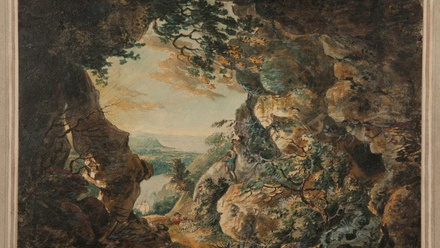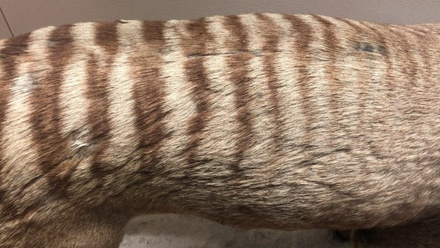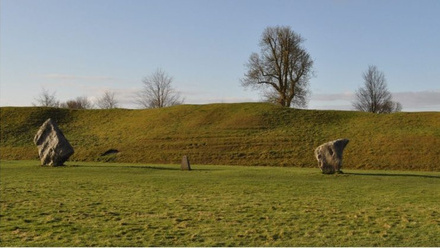The study of funerary monuments demands a multidisciplinary approach and draws on a wide range of expertise, and as such has an affinity with archaeology.
While some funerary monuments, such as the Pyramids, those of classical Greece and Rome, or, for instance, hogbacks in the north of Great Britain, are seen as proper foci for the archaeologist, later monuments are often overlooked, or treated as subsidiary architectural elements, rather than as discrete material remains. This is a pity as they hold a great deal of information: artistic, historical, costume, economic, sociological, emotional and intellectual. They widen our understanding of the ages in which they were manufactured and may cause us to question common assumptions about the past.



